YouTube – friend or foe?
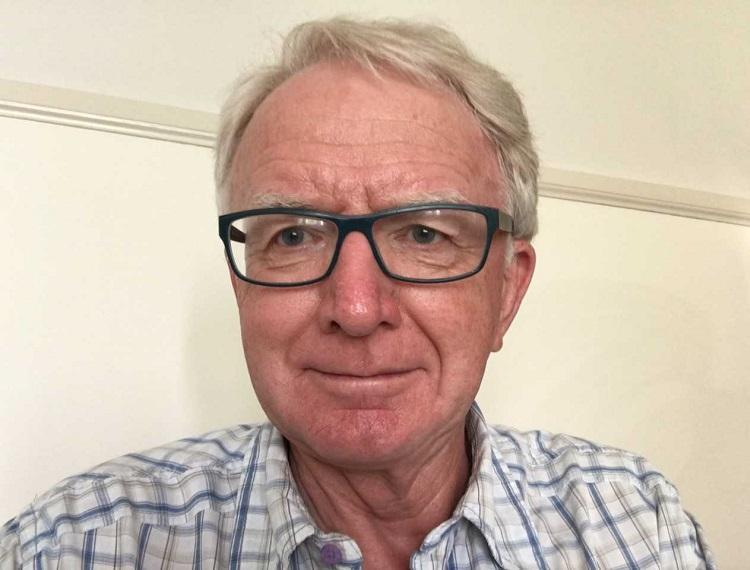
At a recent CPD session with lecturers at a Scottish FE college, I asked a group of 16 staff, representing the curricular width of a large college, what they used most for teaching and learning resources. Unanimously, the answer was “YouTube”. No longer is the primary source of materials for this group text, journals, newspapers or recorded video. They, and many many more FE lecturers are turning to what some of their college managers consider a very risky resource. After all, who moderates YouTube? Who determines the quality of the content? Who checks that the copyright of embedded content has been cleared? Who peer reviews YouTube? Who checks the provenance of the “publisher” of the content?
Lecturers used to recommend texts to their learners – texts that came from a recognised and trusted publisher, safe in the knowledge that colleagues in the sector and subject had been asked to review the text, happy also knowing that the content had been edited and proof read and that the content was appropriate for the curriculum.
Then more visual content was introduced to FE (and all other sectors) in the form of video recorded programmes. Programmes were produced by trusted organisations (BBC, ITV, C4 etc) and again, fitted in to the outcomes of learning units in the curriculum. These video recordings, along with some excellent support materials became a common resource as the learners became more visually literate.
Just as many texts then fell under the blanket licence of the Copyright Licensing Agency (CLA), so the videos were managed under the terms of the Educational Recording Agency (ERA). The licensing agencies also provided the “comfort” connotation of “blanket”, allowing colleges to copy, distribute and show text and videos, subject to the terms and conditions of the respective licences.
This arrangement ticked over for a number of years, but bit by bit, the introduction of digital technology began to fray the edges of the comfort blankets, providing less cover for the innovative ways in which teaching and learning content was being acquired. Not the least of the innovations is YouTube, an outstanding star in the concept of “Web 2.0”. This iteration of the Web took us from the fairly static delivery of “Web 1.0” into the wonderful world of User Generated Content (UGC) where, thanks to increasing bandwidth and the introduction of manifold apps, anyone with a digital camera, phone or tablet, could happily create a video, add effects and music and share it with the rapidly increasing numbers of YouTube subscribers.
Those subscribers included teachers and learners, and by a process of osmosis and recommendation, YouTube began to make inroads to those educational establishments that allowed this platform to be used. The majority of the current generation of learners in FE have been brought up with YouTube and other similar platforms and take it as granted that it’s as much a part of their entertainment and educational lives as is Google – and of course, Google owns YouTube!
The current learning generation is also more visually literate than their predecessors and have an expectation that a large proportion of their learning will take place using a screen, whether that is phone, tablet, computer or monitor. These visual expectations were previously met with video recordings made according to the terms and conditions of the ERA licence. Now, the visual expectations are only satisfied by the width of YouTube’s repertoire – and very little of that is licensed.
If colleges are using unlicensed content in their curriculum, is there a higher level of risk? What are the risks?
- Unlicensed third party content in the YouTube video
- The threat of “cease and desist” action from a rights holder
- Inappropriate content in the video
- Relevance of the content to the curriculum?
- Uncertain provenance of the video
- How long will the video remain on YouTube?
How are these risks to be managed? Does the proliferation of YouTube use across education herald the beginning of a new era of willful copyright non-compliance? None of the “blanket” licensing agencies seems able or willing to deal with the issue due to the multiple rights involved in the uploaded content.
Every college has a Health and Safety policy, an employment policy, and a diversity policy – and has CPD on these and other legal issues. Do these other legal issues include an Intellectual Property policy supported by guidelines and CPD? It’s in such a policy that the answers to the risks posed by YouTube and other Web content challenges should be found.
The risks attached to the use of content such as that found on YouTube can be mitigated by the introduction of a supported IP policy. They may also be mitigated by the use of “fair dealing”, a concept included in the educational exceptions of the Copyright Designs and Patents Act 1988 (as amended) – the UK legislation which provides the rules for copyright as well as patents, designs and trademarks.
YouTube is now a significant feature in teaching and learning in the UK – how long will it last? Will it be replaced? Will it ever be licenced by a collective management organisation such as ERA?
Many colleges themselves now have a YouTube channel for promotion, recruitment, advertising, communicating to their community. Is all this content checked before uploading?
Many colleges use programmes from professional organisations and suppliers where previously the content was provided by text – are there risks attached to this use?
Many colleges encourage students to create videos for their own curricular use and perhaps even for assessment. Should the video from the college fashion show, intended for the closed group of fellow students, family and friends be kept within the confines of the college VLE – or should it be uploaded to the global YouTube audience where the designs may be copied and where the owners of the music soundtrack may take exception to the use of their works?
So many questions, not so many answers. Another dilemma for colleges to tackle and in doing so, maintain their integrity and reputation – and even their finances if a content provider wishes to levy a financial penalty for the misuse of their works.
And just to ensure that you do understand that although YouTube is very popular and does, if managed effectively, provide variety to a curriculum, you’re not going to get any assistance from YouTube itself in the management of the content – here is clause 7.9 from their Terms of Service –
“7.9 You further understand and acknowledge that in using the Service, you may be exposed to Content that is factually inaccurate, offensive, indecent, or otherwise objectionable to you. You agree to waive, and hereby do waive, any legal or equitable rights or remedies you have or may have against YouTube with respect to any such Content.” (YouTube “Community Guidelines” in their Terms of Service)
Was it simpler in the days of texts? Of course it was – but it was also very boring.
YouTube is a learning phenomenon and with the enormous amount of very well crafted, relevant, entertaining, educational and engaging content, (TED talks come to mind) is a boon for the teaching community.
If your college allows access to YouTube, just please exercise caution. Think about the risks and how they can be mitigated. Each college should have a policy to deal with not just YouTube but all the content that can now be globally tracked by the content providers – especially digital image libraries. A policy is there to support staff and students and to show the content providers that the college is aware of copyright and wants to respect its use by displaying good practice – after all, just as learners are encouraged to show good practice on building sites, in hair and beauty salons, care homes, hospitals, art and design studios and all the many places that our students go to, so should they be shown good copyright practice – many of the businesses they are either employed by or are set up by themselves rely heavily on copyright for their commercial and profitable existence.
Contrary to some views, I am not a copyright anarchist – I get close, admittedly, but I have two quotes posted above my desk in my office. The first is from the Imact Assessment which accompanied the most recent amendments to the educational exceptions in the 1988 Copyright Designs and Patents Act (as amended)
To amend copyright exceptions for education, so that copyright does not unduly restrict education and teaching, without undermining incentives to creators. This means widening the current exceptions, applying them to more types of creative works, and more kinds of technology. The aim is to make it easier to use copyright works in education, particularly with modern technology, in order to enrich and enhance the learning environment. This will also provide administrative and other savings to educational establishments, and reduce the risks associated with using copyright materials when delivering education”
The other quote, which I often use to introduce a talk on copyright is from the highly respected Mr Justice Hugh Laddie, commenting on a copyright case in 1996 – 21 years ago, but still relevant.
“The fact that our system of communication, teaching and entertainment does not grind to a standstill is in large part due to the fact that in many cases infringement of copyright has, historically, been ignored”
Neither quotation provides carte blanche for copyright infringement, but surely we should be challenging so many of the long held views that we should fear copyright and be prepared to be punished if we step out of line.
The current copyright legislation was written long before anyone imagined something such as YouTube, but, in my opinion, under the amended s32 of the 1988 Act, YouTube content can be copied and embedded for teaching and learning purposes. This assertion is also supported, in my opinion, by sections 30, 35 and 36 of the same Act.
Some readers may disagree, and that’s fine – without debate, too many aspects of our lives remain untouched while the world around changes rapidly. With debate, and challenge, we may just be able to move some of those aspects, copyright included, into an age where platforms such as YouTube may just be considered as the de facto library.
Alan Rae, © Here copyright consultancy

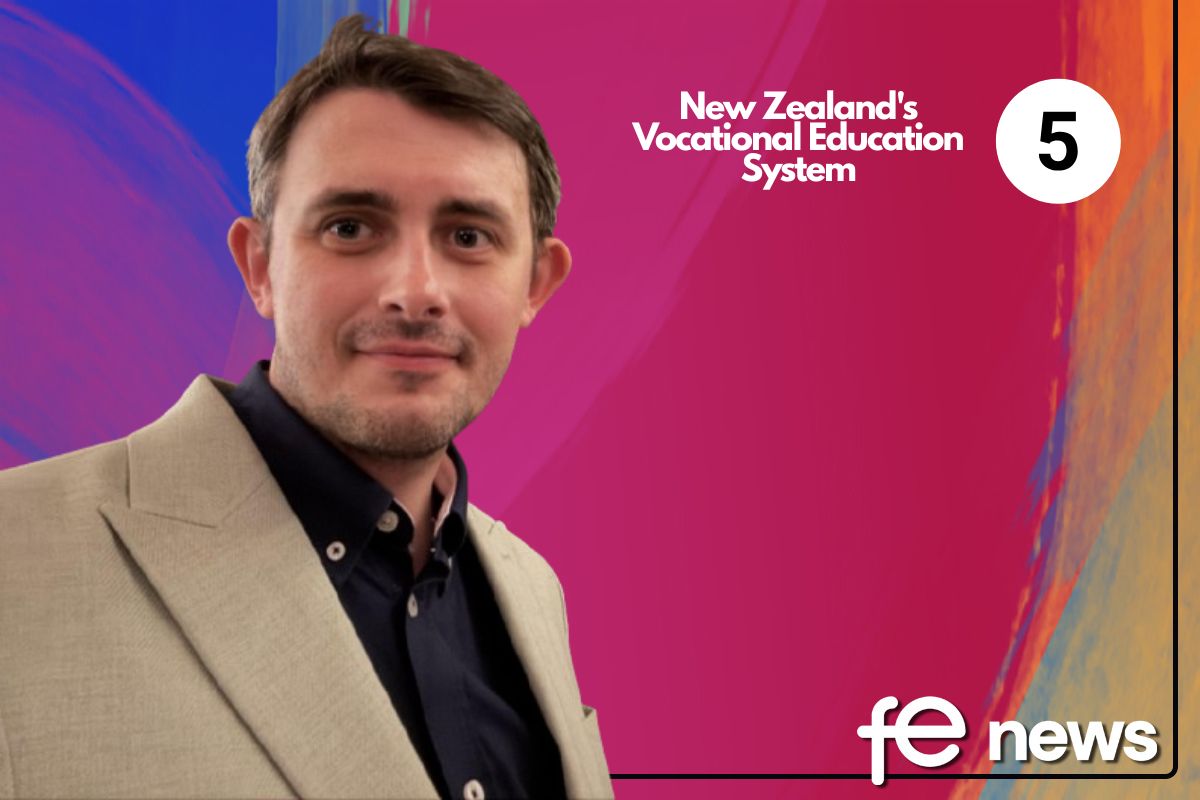
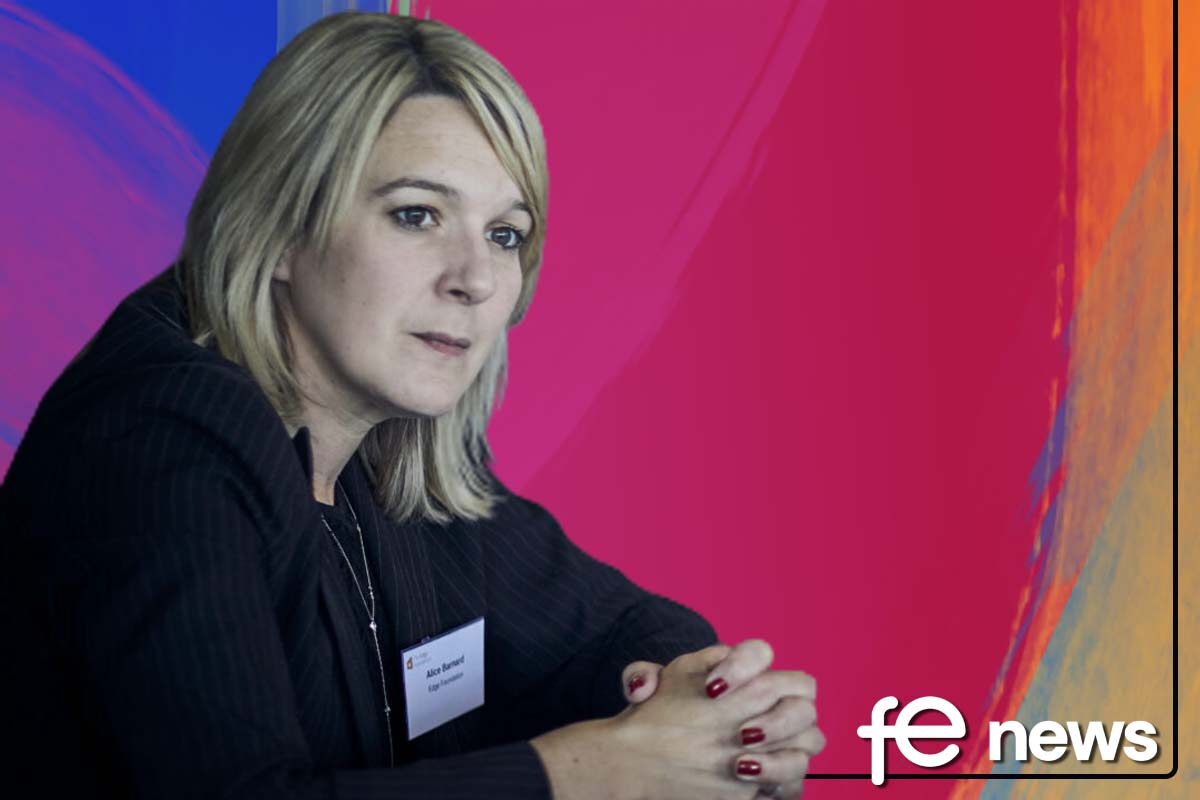
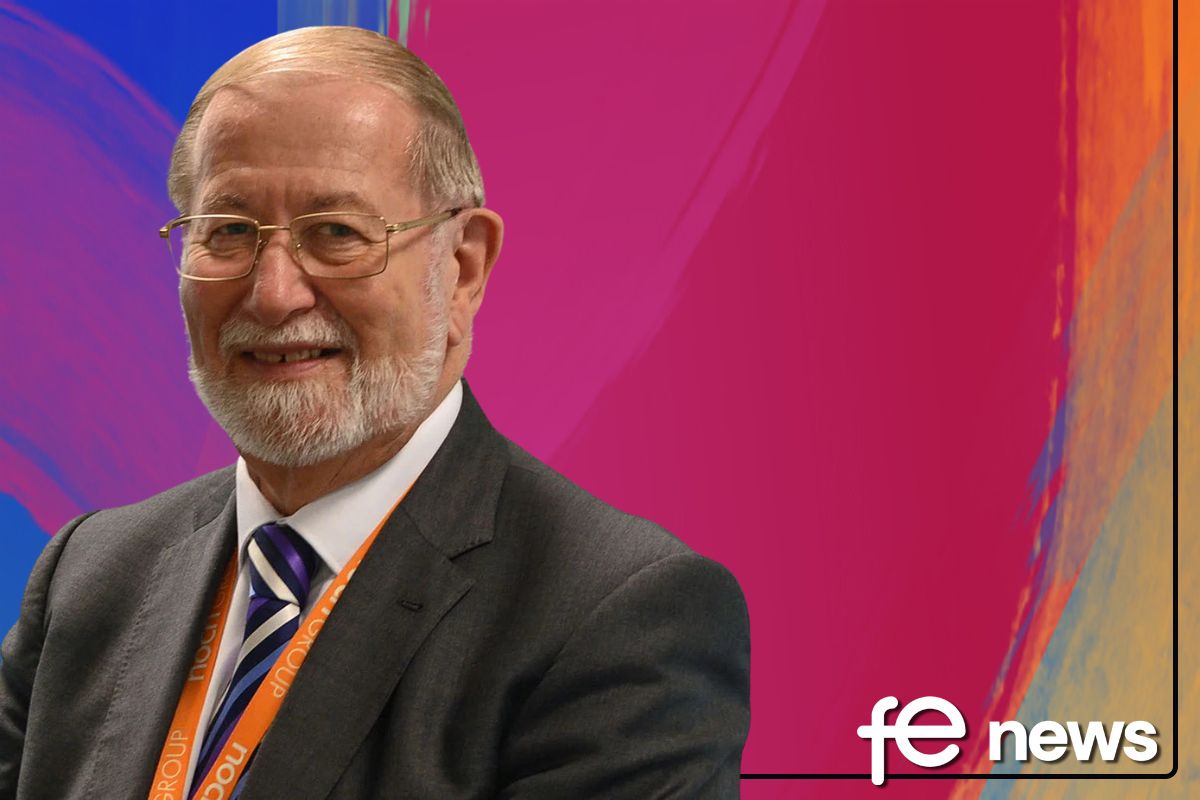
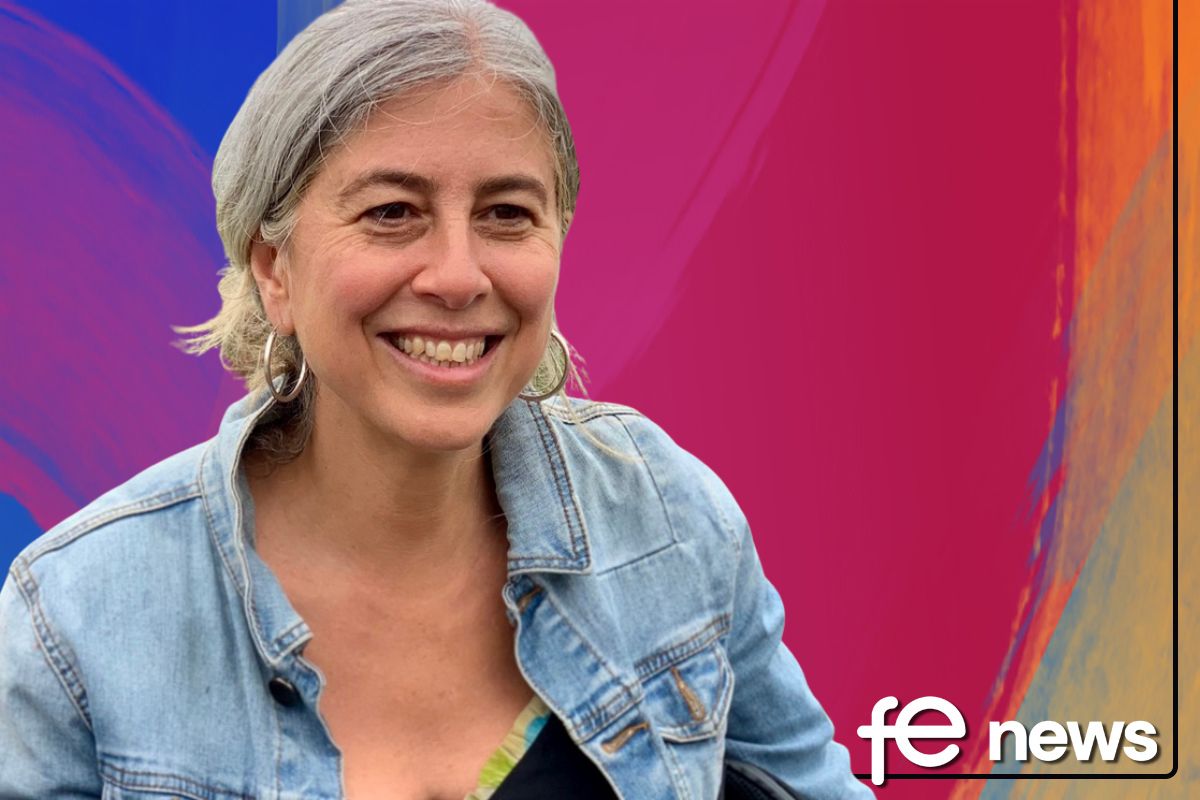
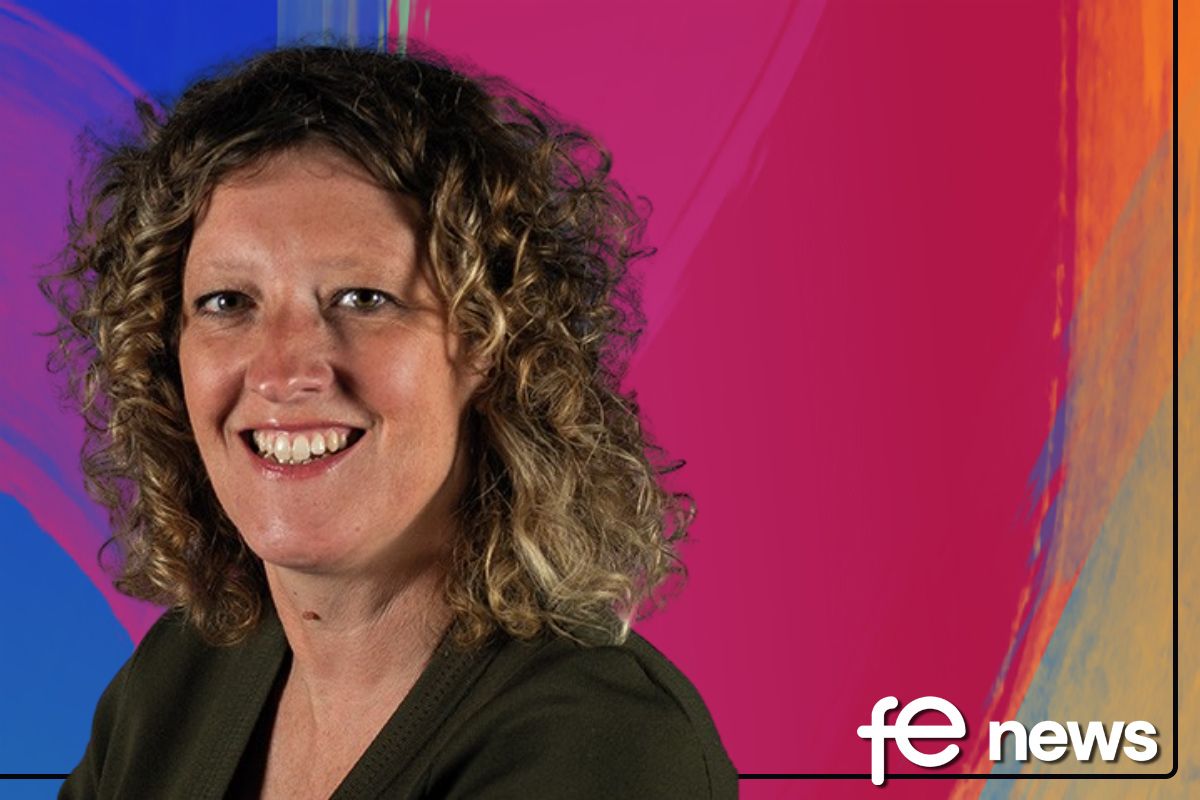

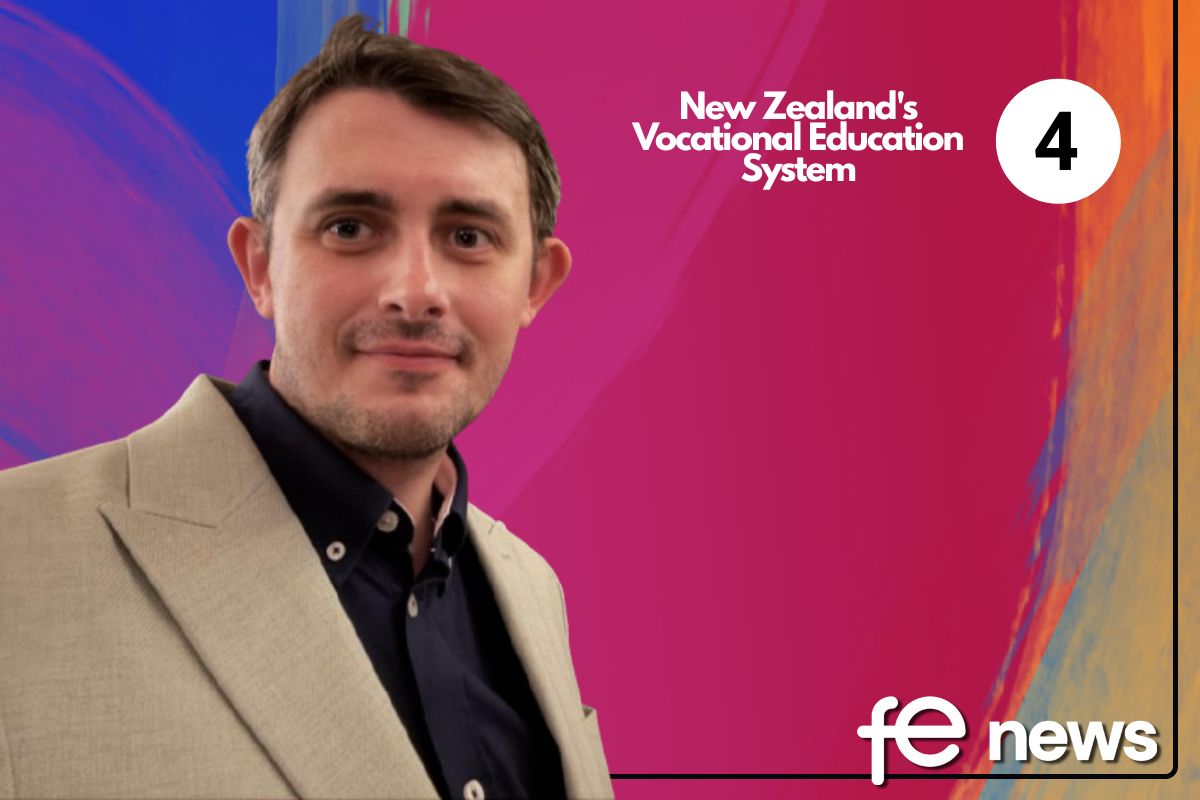
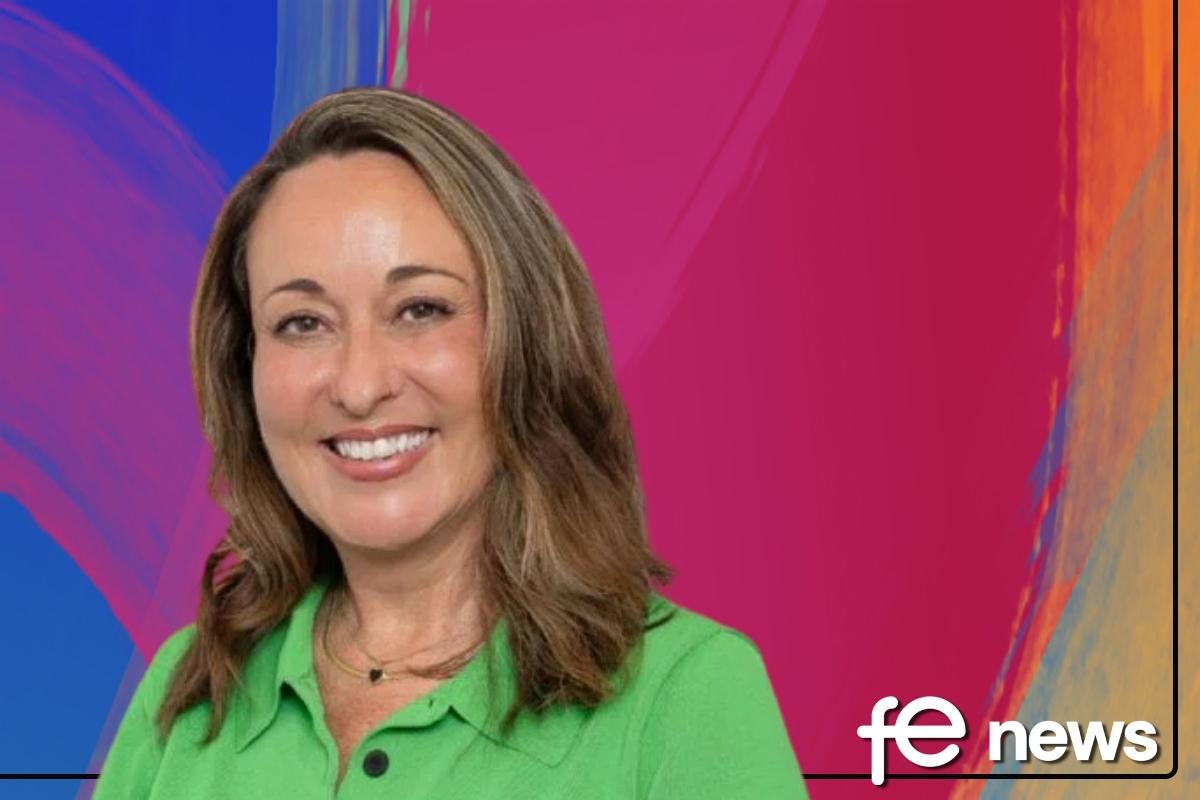
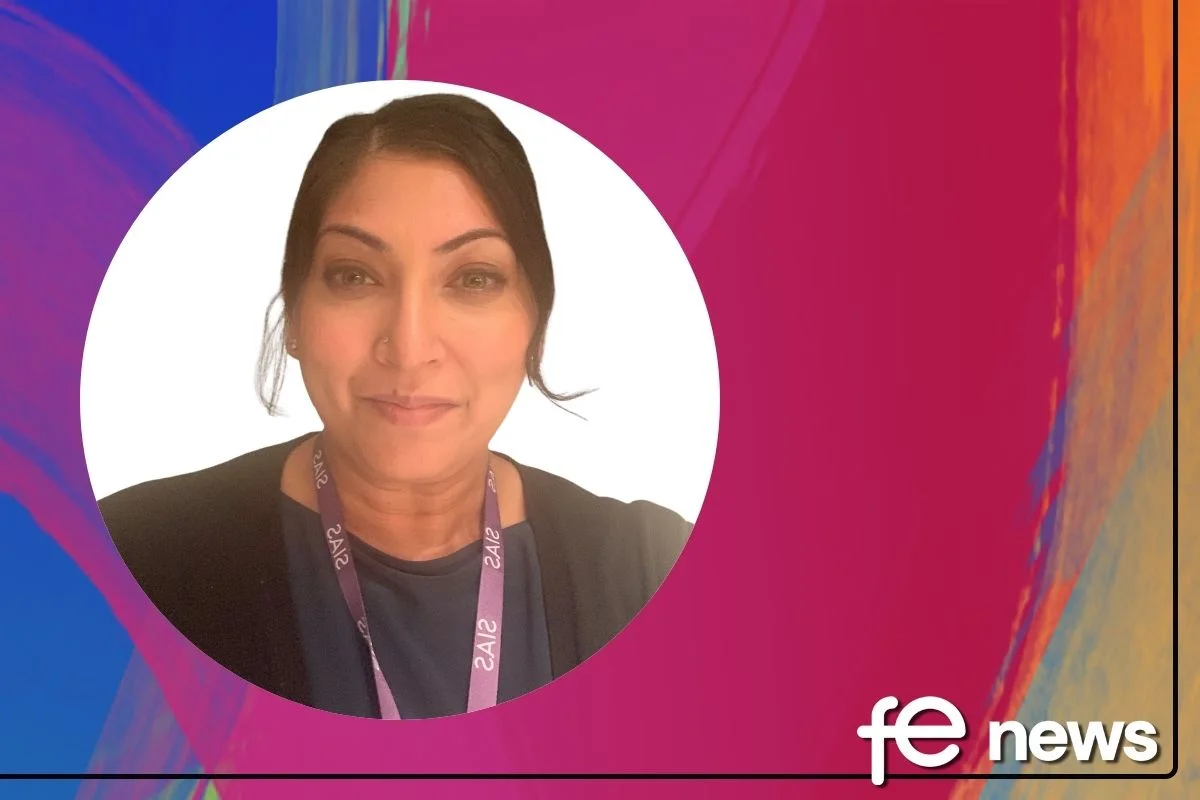
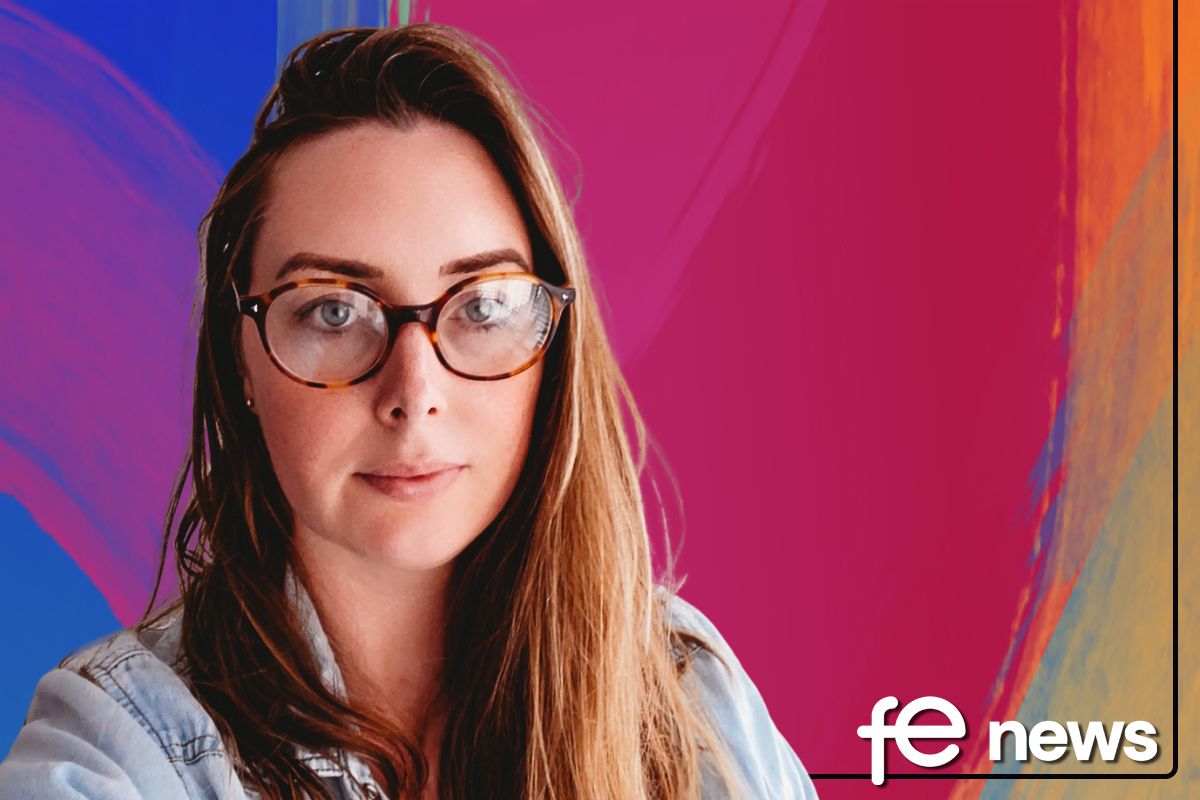
Responses